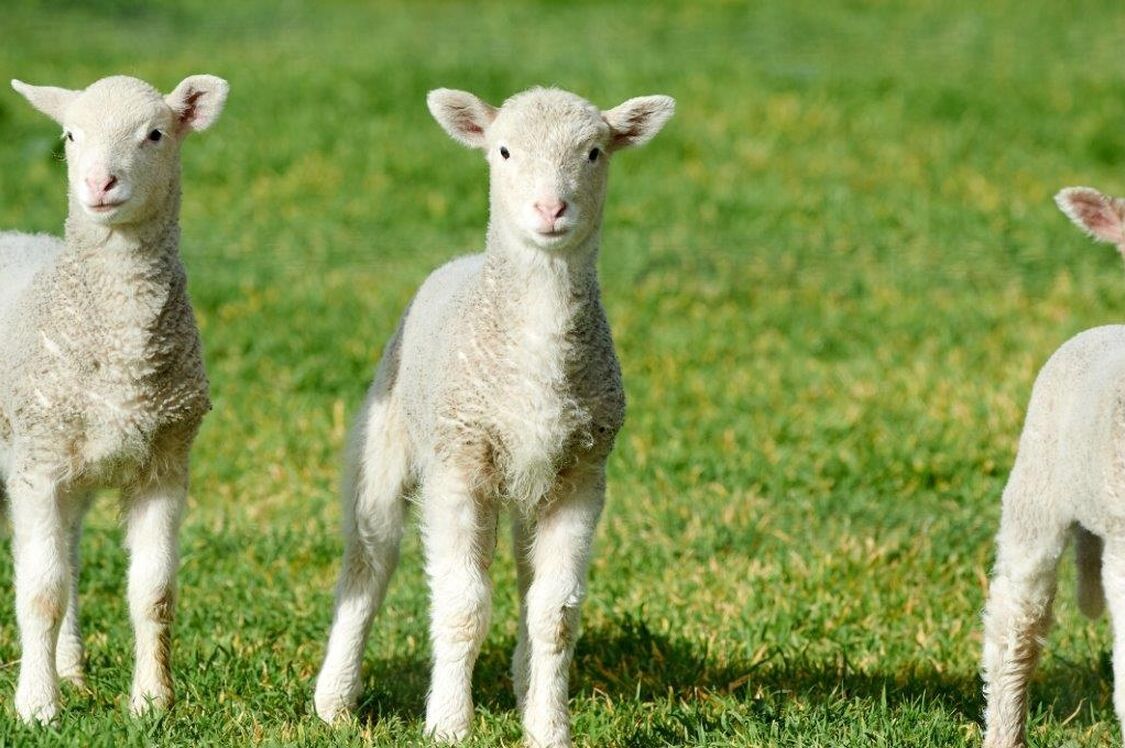LOCMARIA Farms via Hynam sits on the South Australian and Victorian divide, with property on both sides of the border.
It doesn’t however sit on the fence when it comes to selecting the best performing terminal sires, picking Poll Dorsets every time.
Manager Scott Wheadon looks after a flock of 8000 First-Cross and 2500 Merino ewes running on 1400ha.
He joins all but all his mature first-cross ewes to Poll Dorset rams (this year the rams will also be trialled over the ewe lambs), and last season turned off about 9000 lambs 20-22kg, direct to the processor.
This coming year, pending lambing results, that will climb to more than 11,000 lambs.
“It is a known fact that they (Poll Dorsets) weigh well at weaning and they are saleable...you get paid per kilogram and they weigh better than any other breed,” Mr Wheadon said.
The right nutrition, a tight joining, and selecting superior genetics resulted in close to 8000 of the 10,000 ewes were scanned in lamb after the first 24 day joining period.
This included 6500 ewes joint to Poll Dorsets.
“If the ewes are in good condition at joining that is the main factor, as well as the rams being fit - it is just good quality feed leading up to January,”he said.
“We are joining huge mobs of sheep, 1200 to 1700, so the rams go out with that number of ewes on 6.5ha.”
The rams go in at 2.5 per cent for the first time on 15 January, and 24 days later they come out.
Three weeks later (21 days) they return to the ewes for another two cycles, or 34 days.
“Locmaria is set up as a cell grazing enterprise, so you’ve got small paddocks and electric fencing and sheep are rotated,” Mr Wheadon said.
“Most cells are 80ha, and fenced into 12 paddocks, equating to 6.5ha.
“A tighter joining means lambs are only 24 days apart from the first lamb to last lamb...at the moment we are on a seven day rotation, which means only moving them three times during lambing.”
A tight joining not only suits the pasture program at Locmaria, but results in a more even and consistent line of lambs come weaning and sale, Mr Wheadon said.
“The reason we take the rams out for that period is to have two distinct lots, and then you haven’t got those lambs droppin in between the cycles,” he added.
“It gets back to management and the cell grazing - got to be clear cut and everything has got to run to the rotation.”
Locmaria is working towards being a mainly closed flock.
They have been buying in up to 500 first-cross ewe lambs each year from a local grower to increase numbers, but are hoping to become self-replacing on this front, only continuing to buy in Merino ewes from the state’s mid-north.
Pastures on Locamaria farm are made up predominantly of mixes of phalaris, ryegrass, chicory, cocksfoot and subclover, with the phalaris and chicory planted in an attempt to fill the late summer/early autumn feed-gap if summer rain comes.
At the property which hosts five 26ha centre pivots for irrigation, lucerne is added to that pasture mix.
With the main lambing completed, Mr Wheadon is looking toward an August 1 start to the second run of lambs, before lamb marking begins on the earliest lots.
At weaning time, lambs are weighed and drafted in three categories, allowing smaller mobs to be drafted for sale, with about 90 per cent sold to Safeway through PPH&S in Naracoorte.
“We try to aim for a 20-22kg lamb, and that all comes back to feed on offer after weaning to what weight they put on,” Mr Wheadon said.
“We sell a third of our lambs before Christmas, and the remainder are shorn and carried through on irrigation, before being sold from January through to April.”
When it comes to picking the best Poll Dorset sires for the operation, Mr Wheadon relies on two local breeders.
“I look for a clean head, length and depth, and narrower shoulder set, as well as being structurally sound,” he said.
“And now ASBVs - I’ve never been a figures man but the last ram season was the first time we considered them, we went through the catalogues and pinpointed what we wanted to breed.”
Record lamb prices have been good for business, Mr Wheadon said, but he thinks they have reached unsustainable heights.
“People won’t keep buying lamb at that price they can’t afford to,” he said.
“It is a shortage issue, the drought that has led to this, when we get rain again we all know it won’t last long at that price.
“It has to come back to a happy medium where farmers are happy with what they are getting and consumer happy with what they are paying.”
